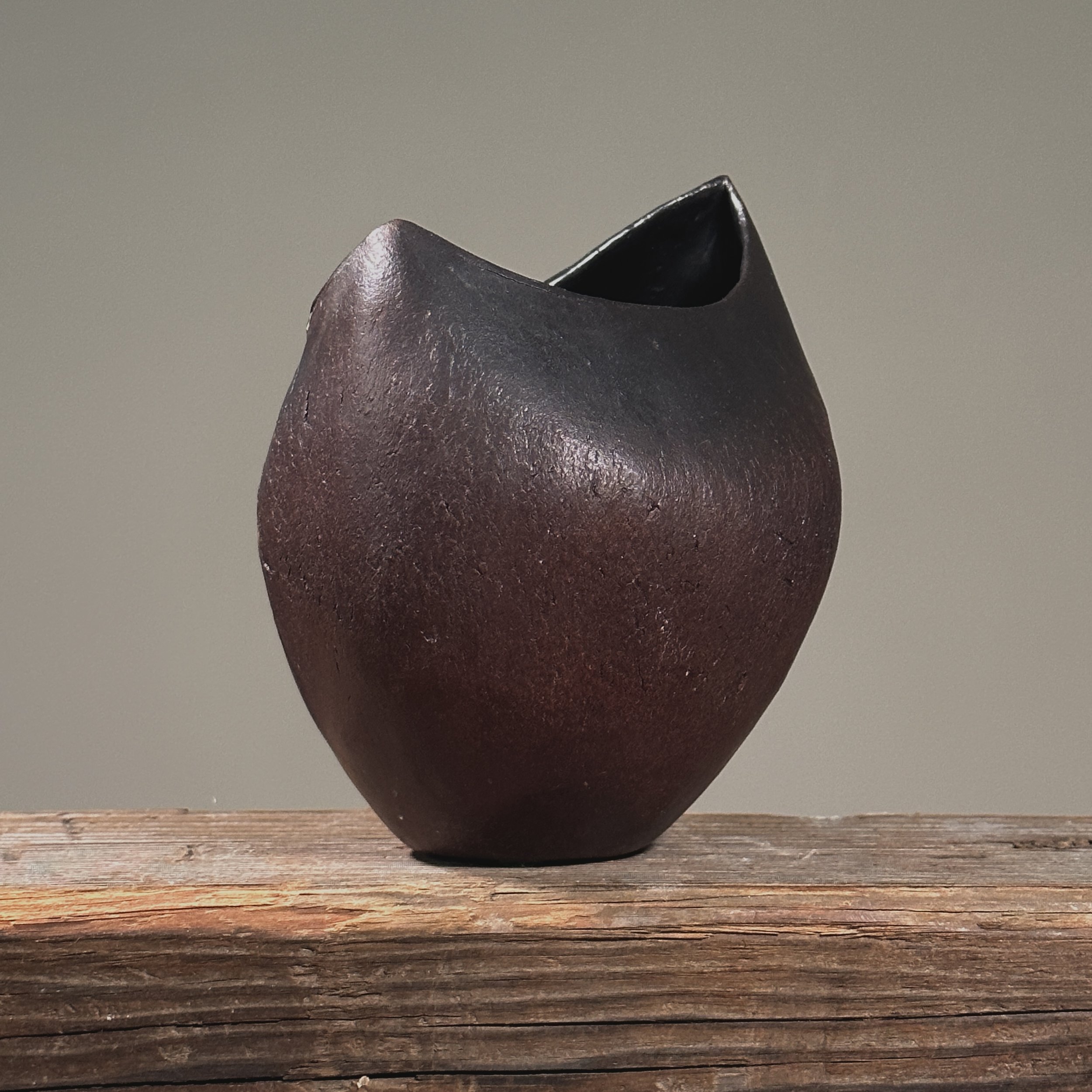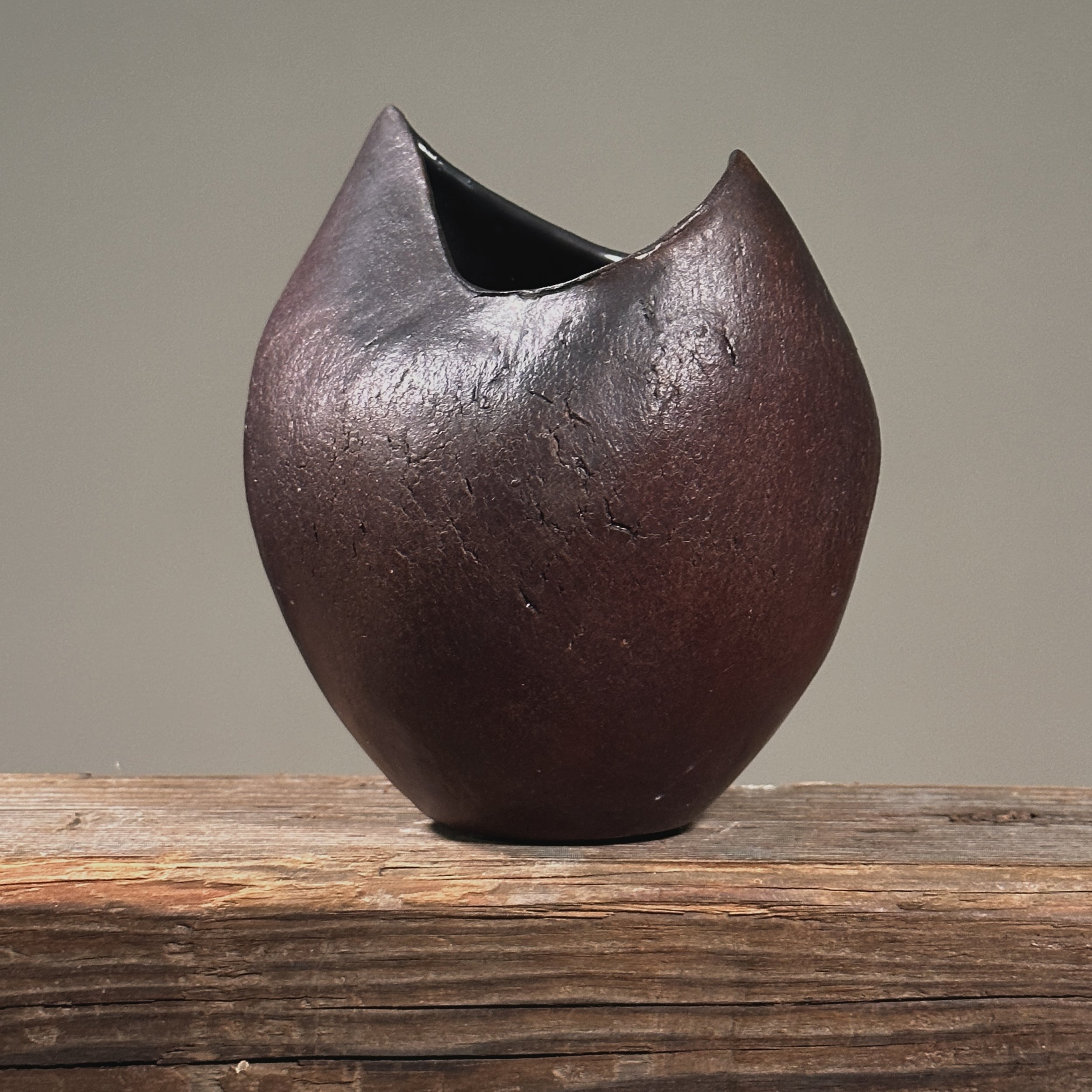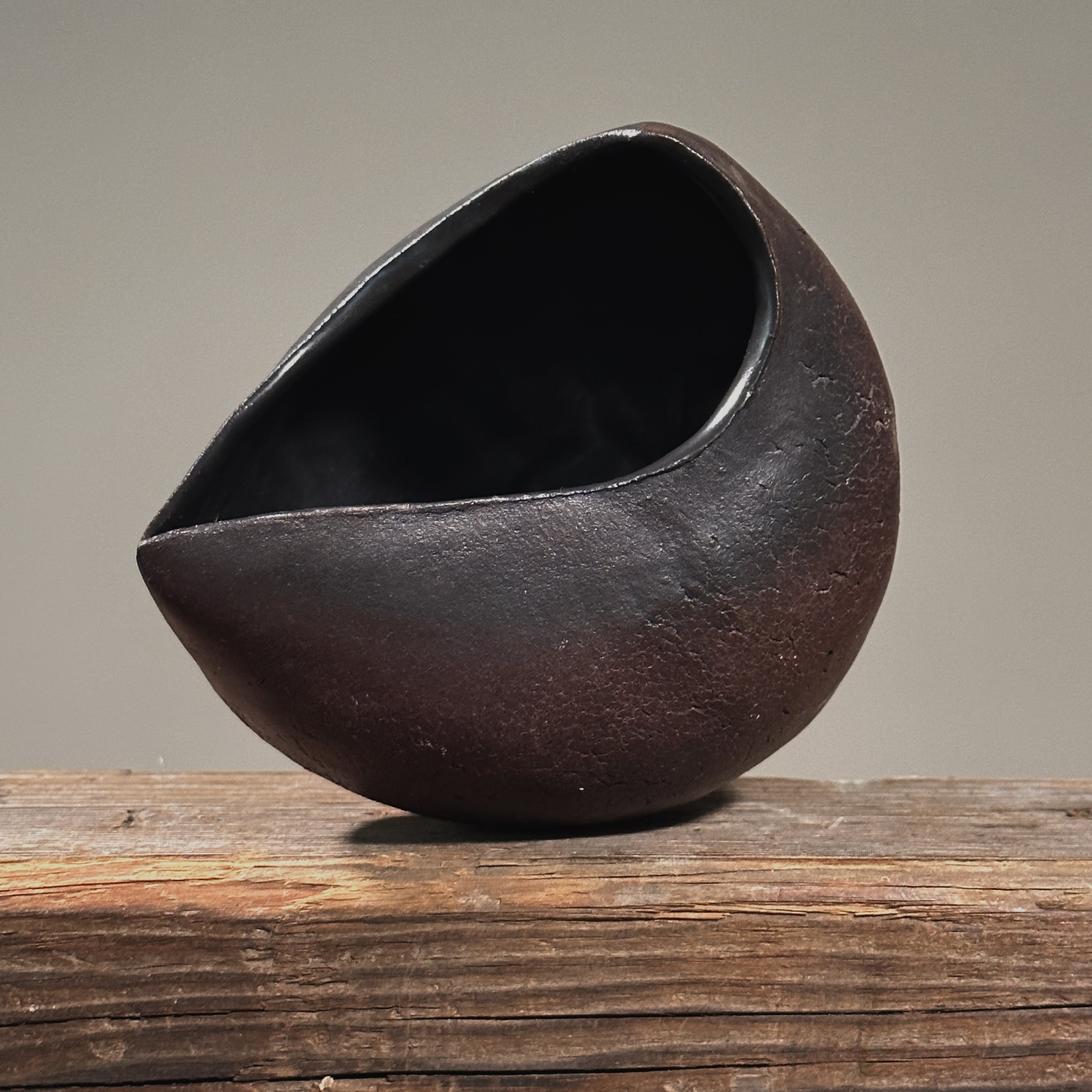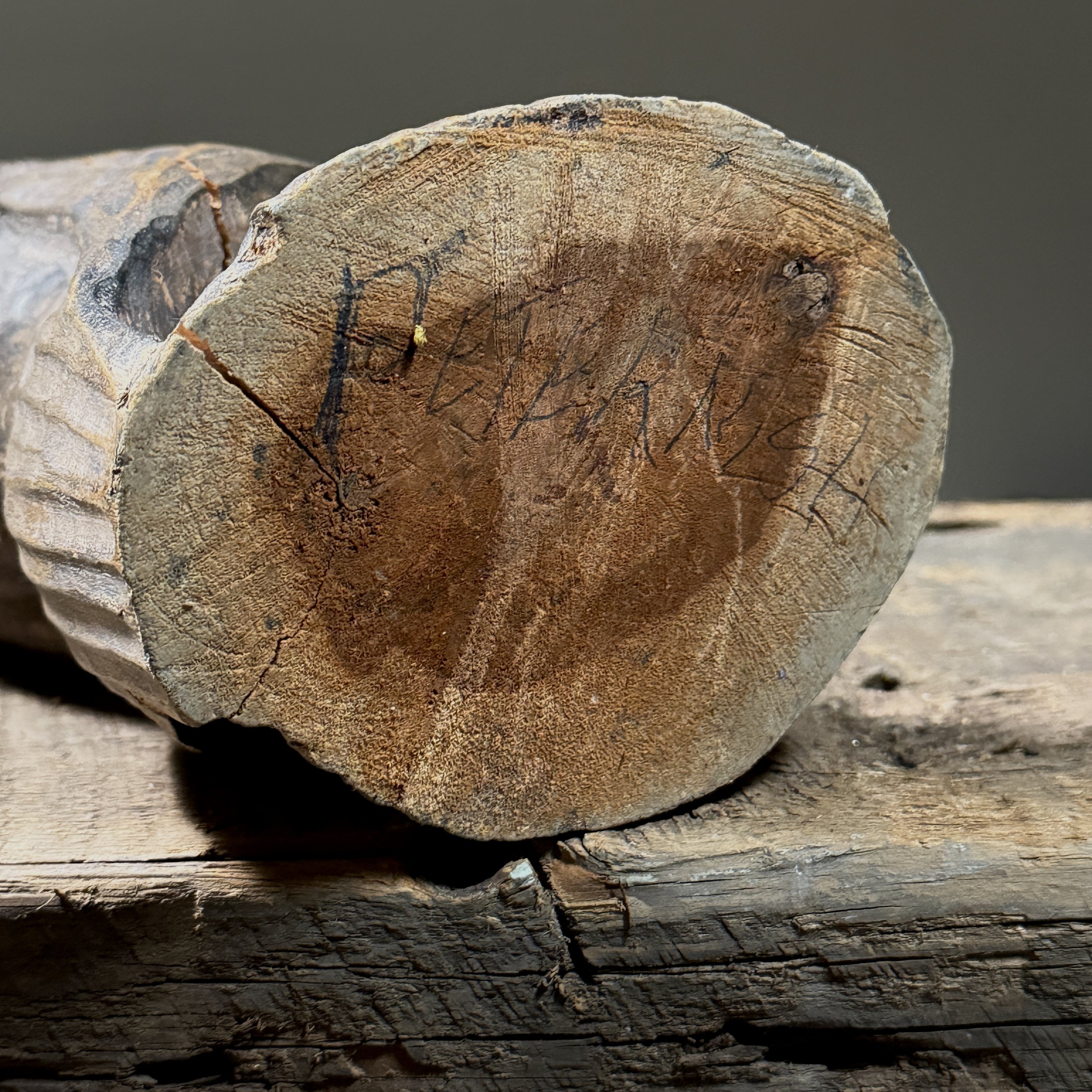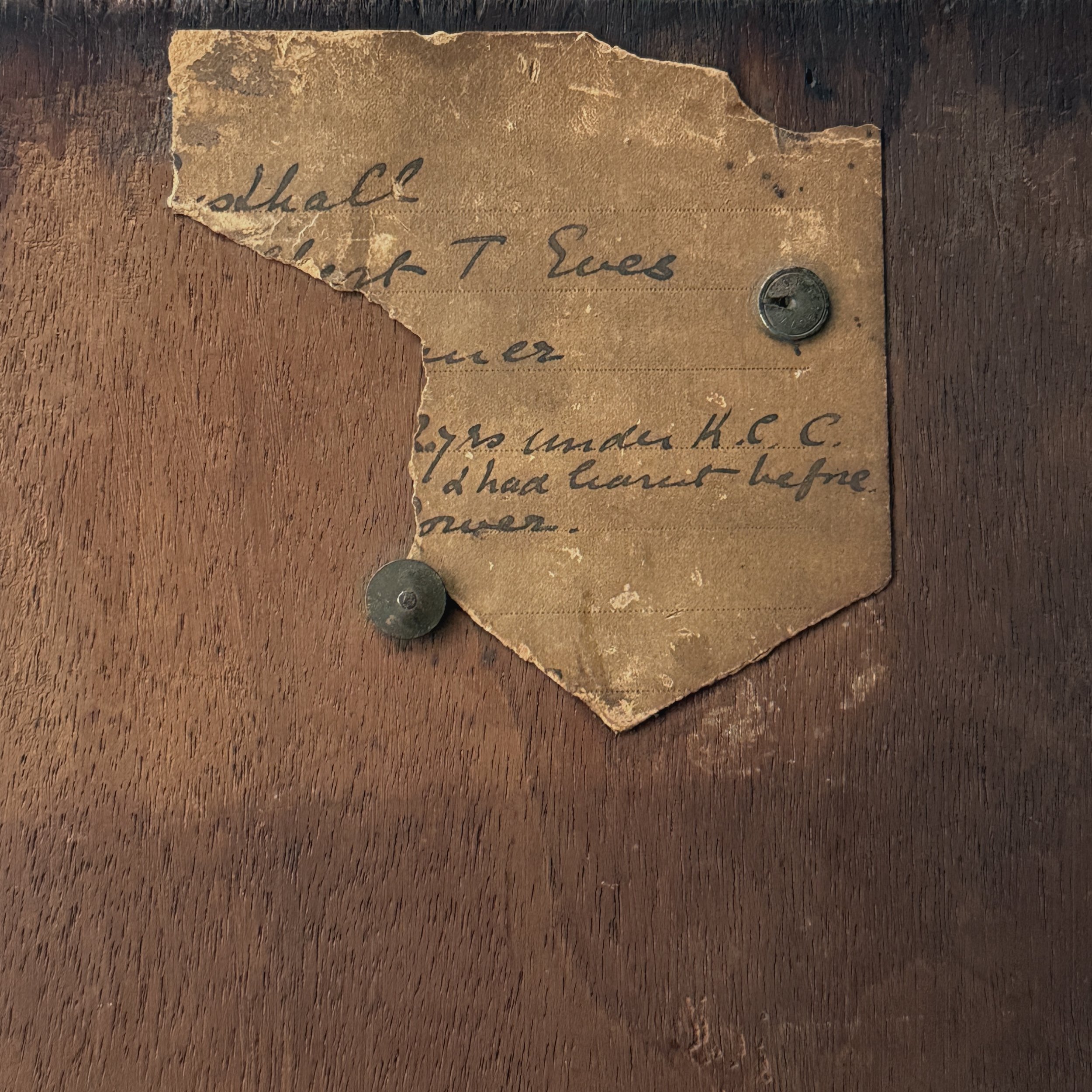Harry Shokler - Fort Pond Bay, Mantauk, L.I. (1938) Signed Etching
Harry Shokler - Fort Pond Bay, Mantauk, L.I. (1938)
Plate size: 5.9in x 11.8in.
Signed in pencil and annotated with title, printed on fine-grained, cream wove paper, 0.7in - 1.1in margins.
Stamped "Federal Art Project / NYC WPA" at lower left corner.
Fine condition, minimal yellowing of paper.
Note:
Harry Shokler was one of the first American artists to develop the technique of silkscreen printing. He studied at the Cincinnati Art Academy, the Chester Springs (PA) Academy, and the New York School of Fine and Applied Arts. He spent several years working and studying in Europe and North Africa, which led to a solo exhibition of his work in Paris at the Gallerie de Marsan. He worked in New York for the Works Progress Administration, creating serigraphs (prints) and paintings of people and landscapes around the city. Printmaking was an important medium during the 1930s, because it provided a low-cost way to reproduce images, making art accessible to a broad audience. Shokler taught at several art schools, and his 1946 book on serigraphy, Artists Manual for Silk Screen Print Making, has enjoyed numerous reprintings.
(source: Smithsonian American Art Museum)
References:
https://collection.artbma.org/emuseum/view/objects/asitem/3201/508/invno-desc?t:state:flow=30ef8bdb-a73f-4a2b-b838-cb8f1df8b86e
https://gibbesmuseum.pastperfectonline.com/webobject/621B785A-70B3-487F-8B56-364451529182
Harry Shokler - Fort Pond Bay, Mantauk, L.I. (1938)
Plate size: 5.9in x 11.8in.
Signed in pencil and annotated with title, printed on fine-grained, cream wove paper, 0.7in - 1.1in margins.
Stamped "Federal Art Project / NYC WPA" at lower left corner.
Fine condition, minimal yellowing of paper.
Note:
Harry Shokler was one of the first American artists to develop the technique of silkscreen printing. He studied at the Cincinnati Art Academy, the Chester Springs (PA) Academy, and the New York School of Fine and Applied Arts. He spent several years working and studying in Europe and North Africa, which led to a solo exhibition of his work in Paris at the Gallerie de Marsan. He worked in New York for the Works Progress Administration, creating serigraphs (prints) and paintings of people and landscapes around the city. Printmaking was an important medium during the 1930s, because it provided a low-cost way to reproduce images, making art accessible to a broad audience. Shokler taught at several art schools, and his 1946 book on serigraphy, Artists Manual for Silk Screen Print Making, has enjoyed numerous reprintings.
(source: Smithsonian American Art Museum)
References:
https://collection.artbma.org/emuseum/view/objects/asitem/3201/508/invno-desc?t:state:flow=30ef8bdb-a73f-4a2b-b838-cb8f1df8b86e
https://gibbesmuseum.pastperfectonline.com/webobject/621B785A-70B3-487F-8B56-364451529182
Harry Shokler - Fort Pond Bay, Mantauk, L.I. (1938)
Plate size: 5.9in x 11.8in.
Signed in pencil and annotated with title, printed on fine-grained, cream wove paper, 0.7in - 1.1in margins.
Stamped "Federal Art Project / NYC WPA" at lower left corner.
Fine condition, minimal yellowing of paper.
Note:
Harry Shokler was one of the first American artists to develop the technique of silkscreen printing. He studied at the Cincinnati Art Academy, the Chester Springs (PA) Academy, and the New York School of Fine and Applied Arts. He spent several years working and studying in Europe and North Africa, which led to a solo exhibition of his work in Paris at the Gallerie de Marsan. He worked in New York for the Works Progress Administration, creating serigraphs (prints) and paintings of people and landscapes around the city. Printmaking was an important medium during the 1930s, because it provided a low-cost way to reproduce images, making art accessible to a broad audience. Shokler taught at several art schools, and his 1946 book on serigraphy, Artists Manual for Silk Screen Print Making, has enjoyed numerous reprintings.
(source: Smithsonian American Art Museum)
References:
https://collection.artbma.org/emuseum/view/objects/asitem/3201/508/invno-desc?t:state:flow=30ef8bdb-a73f-4a2b-b838-cb8f1df8b86e
https://gibbesmuseum.pastperfectonline.com/webobject/621B785A-70B3-487F-8B56-364451529182








